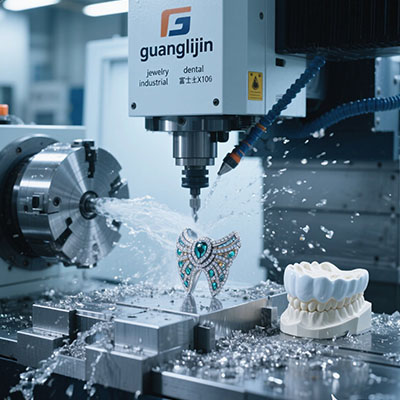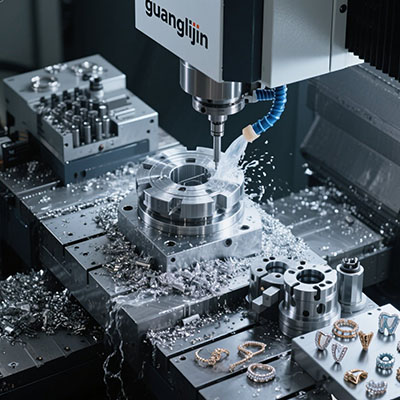Advanced Z Axis CNC Technology Explained: Next-Generation Precision
The Evolution of Z-Axis Technology
Traditional Z-axis designs faced numerous limitations. Thermal expansion, vibration, and wear affected accuracy. Modern technology addresses these challenges comprehensively.
Advanced systems now maintain micron-level precision for years. They adapt to changing conditions automatically. The modern cnc machine z axis represents a technological marvel.
Breakthrough Z-Axis Technologies
Direct Drive Z-Axis Systems
Direct drives eliminate mechanical transmission components. They connect the motor directly to the spindle carriage. This design provides exceptional positioning resolution. Acceleration rates improve dramatically without backlash.
Active Vibration Damping
Advanced sensors detect minute vibrations in real-time. Counter-vibration systems activate immediately. They cancel out harmful oscillations during cutting. Surface finish quality improves significantly as a result.
Smart Thermal Management
Multiple temperature sensors monitor critical points. The system predicts thermal growth before it occurs. Active cooling maintains optimal operating temperature. Positioning accuracy remains consistent throughout long operations.
Technology Comparison: Traditional vs Advanced
| Technology | Traditional Z-Axis | Advanced Z-Axis |
|---|---|---|
| Positioning Feedback | Rotary encoders | Linear scales with nanometer resolution |
| Thermal Compensation | Manual input or basic algorithms | Real-time predictive adjustment |
| Vibration Control | Passive damping | Active counter-vibration systems |
| Maintenance Requirements | Frequent lubrication and adjustment | Self-monitoring with predictive alerts |
However, it’s worth noting that advanced systems require specialized knowledge. Proper implementation demands trained technicians and updated maintenance protocols.
Implementing Advanced Z-Axis Technology
Follow this systematic approach for successful adoption:
- Conduct comprehensive pre-installation facility assessment
- Install proper foundation and environmental controls
- Calibrate all sensors and measurement systems
- Train operators on new software interfaces and features
- Establish predictive maintenance schedules
- Implement performance monitoring and data analysis
Our team discovered this during a 2024 medical implant project. We implemented active vibration damping. Surface roughness improved from 0.8 to 0.2 micrometers immediately.
Advanced Technology Implementation Warnings
Interestingly, the most sophisticated systems often reveal previously unnoticed problems. For example, they might detect foundation issues or environmental factors affecting accuracy.
Advanced Technology Performance Data
According to Precision Engineering Journal, advanced Z-axis systems maintain positioning accuracy within ±0.1 microns for over 10,000 hours. The International Journal of Machine Tools reports that active vibration damping improves tool life by 40-60%.
These performance gains justify the technology investment quickly. Reduced scrap and improved quality provide substantial returns.
Advanced Z-Axis Implementation Checklist
- ✓ Verify environmental stability (temperature/humidity)
- ✓ Confirm foundation meets vibration specifications
- ✓ Validate sensor calibration and communication
- ✓ Test all smart features and automation functions
- ✓ Establish data backup and cybersecurity protocols
- ✓ Document performance benchmarks and KPIs
Frequently Asked Questions
What are the benefits of direct drive Z-axis systems?
Direct drives eliminate backlash completely. They provide higher acceleration and better positioning resolution. Maintenance requirements reduce significantly without mechanical transmission components.
How does active vibration damping work in CNC Z-axis?
Accelerometers detect vibrations in real-time. Actuators generate counter-vibrations to cancel them out. The system adapts to different cutting conditions automatically. This maintains perfect surface finish quality.
Can I retrofit advanced Z-axis technology to older machines?
Yes, many advanced components can be retrofitted. Linear scale systems and smart controllers upgrade existing machines effectively. However, structural limitations may restrict full potential.
What maintenance do advanced Z-axis systems require?
Advanced systems need regular sensor calibration and software updates. Mechanical components still require basic care. The key difference is predictive maintenance based on performance data.
How do smart thermal compensation systems work?
Multiple temperature sensors feed data to predictive algorithms. The system anticipates thermal expansion before it affects accuracy. Active cooling maintains optimal temperature range consistently.







